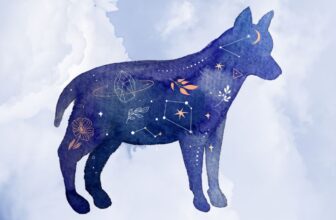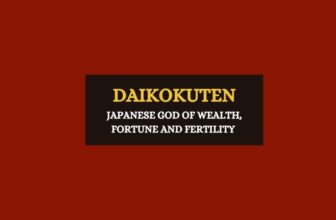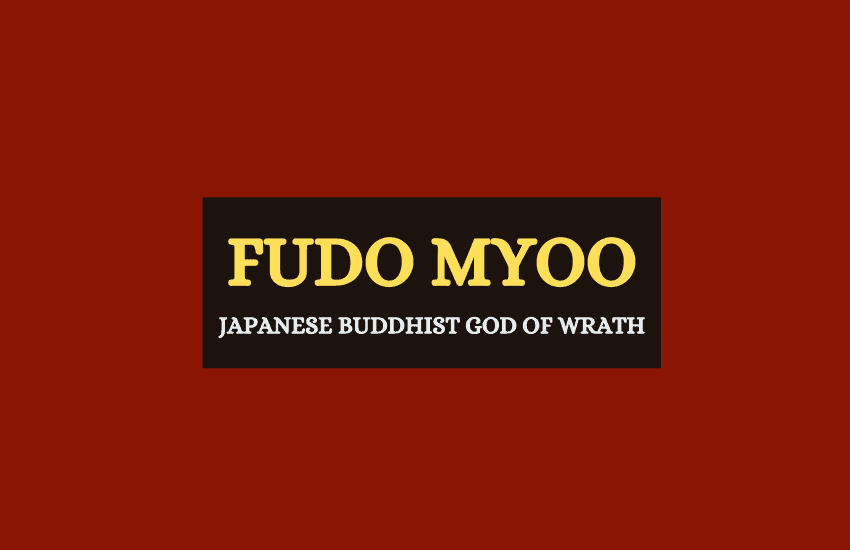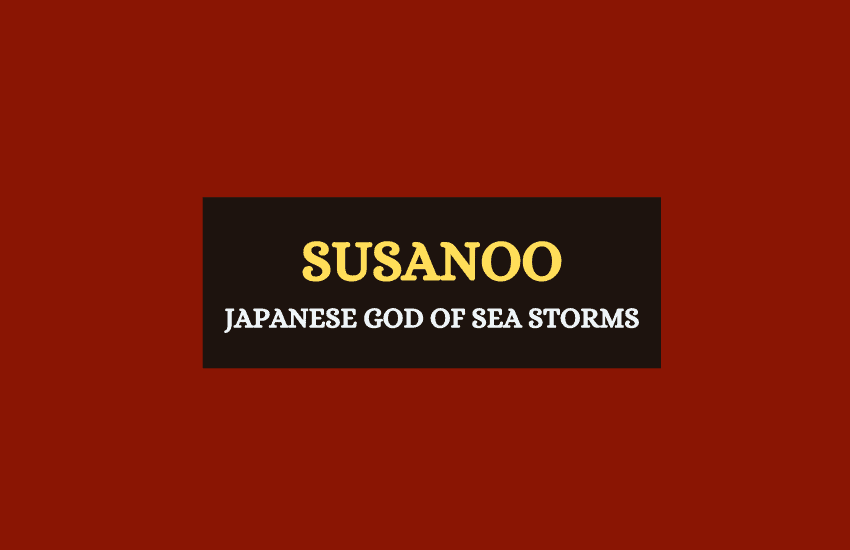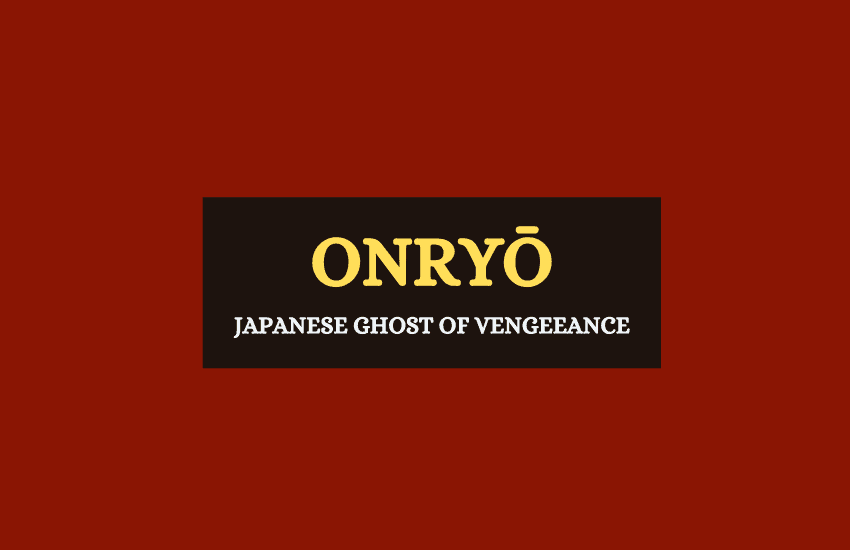
Table of Contents
In Japanese mythology, an onryōis a wrathful spirit, which roams the earth to take vengeance. It’s an unfulfilled and unsatisfied soul that has been wronged. The onryō is typically depicted as a female ghost who takes revenge on a cruel husband or lover. The onryō is among the most feared and dreaded supernatural beings in Japanese folklore.
Origins of the Onryō
Stories and myths about the onryō,were invented around the 7th or 8th centuries. The concept of an unfulfilled spirit that takes revenge upon the living became the basis of the stories of the onryō. Most often, the unsatisfied spirits were women, who were wronged and victimized by brutal and aggressive men.
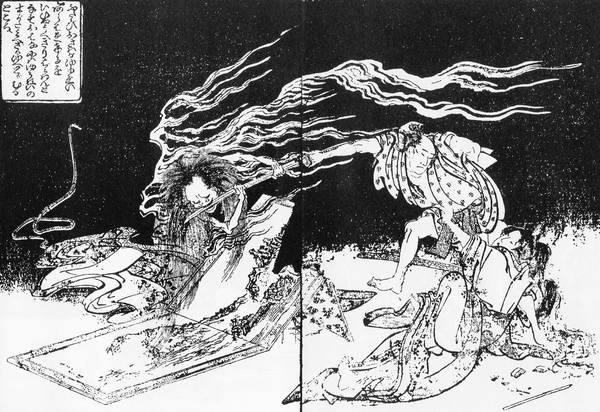
In Japan, there were also several onryō cults that were established, to show respect and reverence for the dead. The earliest cult was formed for Prince Nagaya who died in 729. Historical records tell us that people were both haunted and possessed by onryō spirits. The Japanese text Shoku Nihongi, published in 797, describes possession, and its fatal consequences to the victim.
From the 1900’s onwards, the onryō legend became immensely popular, due to their fearful and haunting themes.
Characteristics of the Onryō
The onryō are usually white-skinned, slender women, with purplish veins and long black hair. They wear a white Kimono splattered with dark hues and blood stains. They are usually sprawled across the ground, and appear motionless, but when a victim approaches, they begin to emit strange sounds, and try to grab them with one hand. Furthermore, when the onryō are provoked, their hair bristle, and their face becomes twisted and deformed.
The victim can determine if an onryō’s near them by paying attention to certain clues. If they experience a migraine, an inexplicable pain in the chest, or feel a dark heaviness, there are high possibilities that an onryō’s close.
The Role of the Onryō in Japanese Mythology
The onryō are victims of battle, murder, or suicide, who roam the earth to remedy the pain that has been inflicted upon them. Contrary to popular belief, these spirits aren’t inherently evil, but are rather made to be so, due to cruel and bitter circumstances.
The onryō have great magical powers, and can kill their enemy in one go, if they so desire. However, they prefer to inflict a slow and torturous punishment, until the culprit loses his mind, gets killed, or commits suicide.
An onryō’s wrath not only effects the wrongdoer, but his friends and family as well. They slay and destroy anything that comes in their way. The vengeance felt by an onryō can never be satisfied, and even if the spirit’s exorcised, the space will continue to contain negative energy for a long time to come.
Onryō in Japanese Folklore
There are several tales and myths that narrate the events in the life of an onryō. Some of the prominent stories will be examined for a better understanding of the vengeful spirit.
1. The Onryō of Oiwa
The myth of Oiwa is the most famous and popular of all onryō tales, often called the most famous Japanese ghost story of all time. In this story, Oiwa is beautiful young maiden, sought after by Tamiya lemon, a disarmed Samurai. Iemon wants to marry Oiwa for money, and social status. Her father, however, rejects Iemon’s proposal, after coming to know about his real motives. Out of anger and wrath, Iemon mercilessly murders Oiwa’s father.
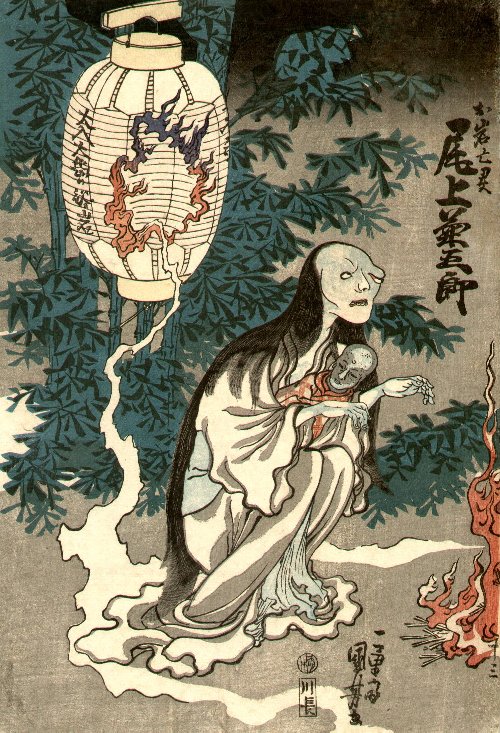
Oiwa is deceived by Iemon into thinking that her father was murdered by wandering bandits. She then agrees to marry Iemon and has his child. However, they don’t have a happy life together, and the murder continues to disturb Oiwa. Meanwhile, Iemon falls in love with another young lady, and decides to marry her. To get rid of Oiwa, either the lady’s family, or Iemon’s friend, poisons her. Her body is then dumped into a river.
Oiwa’s ghost returns in the form of an onryō, and she seeks to take revenge on her husband. She drives Iemon crazy, and eventually causes his death. Oiwa’s soul only gains peace after her cruel husband’s punished and penalized. The tale of Oiwa wasn’t only narrated for entertainment, but also as a moral and social treatise, to keep people away from sin and crimes.
This story was based on a woman who died in 1636 and whose onryō is still said to haunt the place where she lived.
2. The Man and the Vengeful Spirit
In the story of the Man and the Vengeful Spirit, an adventurous man abandons his wife and goes on a journey. Without adequate food and security, his wife dies, and her spirit transforms into an onryō. Her ghost lingers near the house and disrupts the villagers.
When they can bear it no more, the villagers ask the husband to come back and chase away the ghost. The husband returns, and seeks the help of a wise man, to remove his wife’s spirit, who tells the husband to ride his wife like a horse, until she becomes exhausted and turns into dust. The husband listens to his advice, and clings onto his wife’s body, continuing to ride her until she can bear it no more, and her bones turn to dust.
3. The Man Who Broke His Promise
In this story from the Izumo province, a Samurai makes a vow to his dying wife, that he will always love her and never remarry but as soon as she passes away, he finds a young bride and breaks his vow. His wife transforms into an onryō and warns him not to break his word. However, the Samurai doesn’t pay any heed to her warnings and ventures off to marry the young lady. The onryō then murders the young bride, by ripping her head off.
The watchmen see the ghost running away and chase it down with a sword. They finally cut down the spirit, while reciting Buddhist chants and prayers.
In all the above myths and stories, the common theme or motif is that of a loving wife wronged by a cruel and evil husband. In these tales, the women were inherently kind, but subject to cruel misfortunes and circumstances.
Onryō in Popular Culture
- The onryōappear in several popular horror films, such as the Ring, the Ju- On film series, The Grudge, and Silent Hill Four. In these films, the onryōusually takes on the form of a wronged female, waiting to take revenge.So popular were these movies globally that Hollywood remade them.
- The Onryō saga is a science- fiction book series that narrates the adventures of Japanese teenager, Chikara Kaminari.
- Onryō is the ring name of the Japanese professional wrestler, Ryo Matsuri. He’s depicted as a ghost wrestler, who died after winning a cursed tournament.
In Brief
The onryō continue to be popular, and many tourists who travel to Japan love to listen to these stories. Many inexplicable and strange events are also associated with the presence of an onryō.




